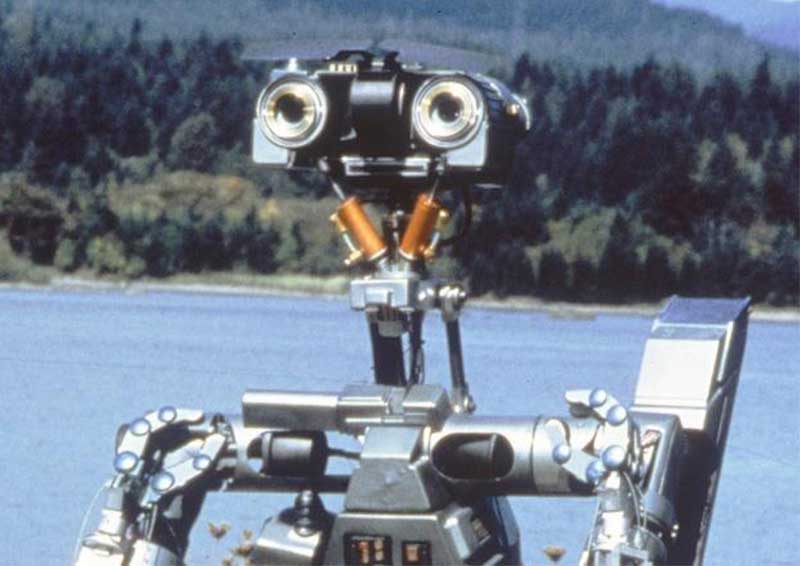What we need to do to outsmart the robots
Mat Colmer of the Digital Catapult considers the role of the engineer in a digital future.
Contents |
[edit] Introduction
Game changing, transformational, disruptive, epic. Countless superlative-style descriptions are given to the changes that are occurring in the architecture, engineering and construction sector.
Whether you have the gusto of 15th century explorers who braved falling off the edge of the world, or heed the "here be dragons" messages that hindered the mariners of old, it is inevitable that our voyage will go from mostly analogue to entirely digital.
Some of the biggest concerns about digital transformation focus on what happens to our people. Automation occurs all the time with software improving processes and computers running calculations but currently these are still checked by someone who must understand the calculations (hopefully the engineer).
The worry is what happens to the engineer when artificial intelligence usurps their position of knowledge. When neural networks learn from past work, make efficiency improvements and transfer the designs effectively, through a single, collaborative model, enabling all other parties to know exactly what to build (that is if the build is not being undertaken by multi-axis 3D printing robots, as in the MX3D project in Amsterdam).
There is no denying that the pace of change is rapid, and in complex disciplines like engineering, keeping skills relevant is demanding.
However, there is not a skills crisis but a crisis in confidence about how the required change can be successful. Many sectors face the fear that a machine will take jobs. The confidence comes with being able to prepare for things to come.
[edit] You can't do epic stuff with basic people
Naturally, ensuring the right skills to keep pace with a transforming industry is important but this is not the only consideration. Embracing transformational change is just as much to do with culture as it is to do with skills. Culture is about how we work, interact and engage with people and many have acknowledged the blurring lines between disciplines. How we do this, though, is the key challenge.
With a changing culture, softer skills are required: flexibility, positive attitude and communication. Herein lies the rub, as engineering communication is an odd-duck.
On the one hand we have a group of well-educated people who are making the world a better place, with a firm belief in the way things should be and proclaiming to the world the benefits they can bring.
And on the other, we have engineers. To be fair, this can be said of most science and engineering disciplines but the situation is not helped by their leaders, the professional institutions, appearing inflexible and closed.
[edit] The importance of leadership
Culture as a work ethic needs to be inspired and maintained from the top, defined by the leaders and their behaviours. These leaders must be digital people not analogue people. People with the wherewithal to reinforce the interpersonal skills that will be required to sell infrastructure to the public, work with and engage peer-professionals and lead the appreciation and understanding of what infrastructure is there to achieve.
This will allow engineers to flourish because they want to contribute to the change rather than feeling embattled with changes happening to them.
It's all about preparation. Understanding what you have now and looking at your prospective needs will help you in the future.
We will continue to need engineering. As our populations get larger, cities reach capacity, infrastructure gets even older and resources get tighter we will require people who can achieve more with less.
So foster new approaches, encourage new disciplines, take time to build supportive environments, banish the dragons that signified the dangerous and unexplored territories on the maps of old and go forward with gusto.
Mat Colmer is a freelance consultant in digital transformation working with the Digital Catapult on change in the built environment.
This article was originally published here by ICE on 2nd Oct 2017.
--The Institution of Civil Engineers
[edit] Related articles on Designing Buildings Wiki
Featured articles and news
One of the most impressive Victorian architects. Book review.
RTPI leader to become new CIOB Chief Executive Officer
Dr Victoria Hills MRTPI, FICE to take over after Caroline Gumble’s departure.
Social and affordable housing, a long term plan for delivery
The “Delivering a Decade of Renewal for Social and Affordable Housing” strategy sets out future path.
A change to adoptive architecture
Effects of global weather warming on architectural detailing, material choice and human interaction.
The proposed publicly owned and backed subsidiary of Homes England, to facilitate new homes.
How big is the problem and what can we do to mitigate the effects?
Overheating guidance and tools for building designers
A number of cool guides to help with the heat.
The UK's Modern Industrial Strategy: A 10 year plan
Previous consultation criticism, current key elements and general support with some persisting reservations.
Building Safety Regulator reforms
New roles, new staff and a new fast track service pave the way for a single construction regulator.
Architectural Technologist CPDs and Communications
CIAT CPD… and how you can do it!
Cooling centres and cool spaces
Managing extreme heat in cities by directing the public to places for heat stress relief and water sources.
Winter gardens: A brief history and warm variations
Extending the season with glass in different forms and terms.
Restoring Great Yarmouth's Winter Gardens
Transforming one of the least sustainable constructions imaginable.
Construction Skills Mission Board launch sector drive
Newly formed government and industry collaboration set strategy for recruiting an additional 100,000 construction workers a year.
New Architects Code comes into effect in September 2025
ARB Architects Code of Conduct and Practice available with ongoing consultation regarding guidance.
Welsh Skills Body (Medr) launches ambitious plan
The new skills body brings together funding and regulation of tertiary education and research for the devolved nation.
Paul Gandy FCIOB announced as next CIOB President
Former Tilbury Douglas CEO takes helm.
























